

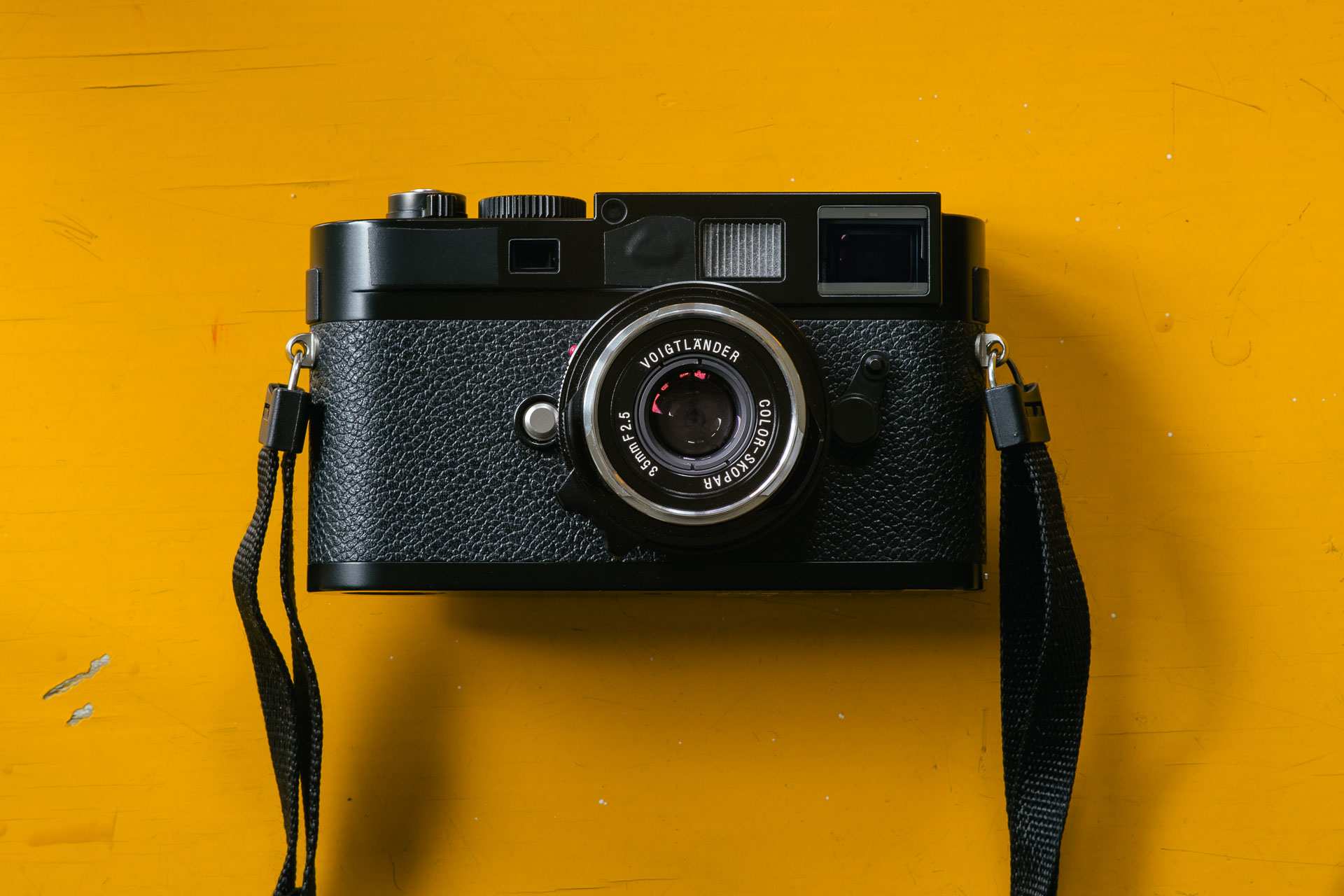
←
I feel that a good tool becomes easy to use. Great tools go further – they become transparent. Second nature. Something you don’t need to think about. They take themselves completely out of the equation.
The Voigtländer Color Skopar Pancake II 35/2.5 is such a tool. Often overlooked as it might never be spectacular, but instead it’s always reliable. It’s a small, simple and cheap little lens that without fuzz does everything it should and nothing it shouldn’t.
Adding to this is that the 35mm focal length is a great middle ground for general use. It’s wide but not too wide. It’s long enough for a bit of separation and it goes well with the viewfinder on most M-mount cameras. In practice it does everything well beyond good enough. Someone less restless might even settle on this as their only lens.



This wide normal has an effective aperture of 14mm at f/2.5. As all M-mount lenses, it’s manual focus only. It’s a moderately asymmetrical design with 7 spherical elements.
It’s in current production by Voigtländer in Japan. The same optics have actually been sold as no less than four different lenses. Two for LTM, one for Nikon S-mount and one for M-mount – the subject of this review.
Each version has different ergonomic features and depending on ones preferences a specific version might be preferable. The LTM lenses come with either focus ring or lever and the M-mount version has a tab. The aperture controls also differ with a ring on the LTM lenses and handles on the M version.

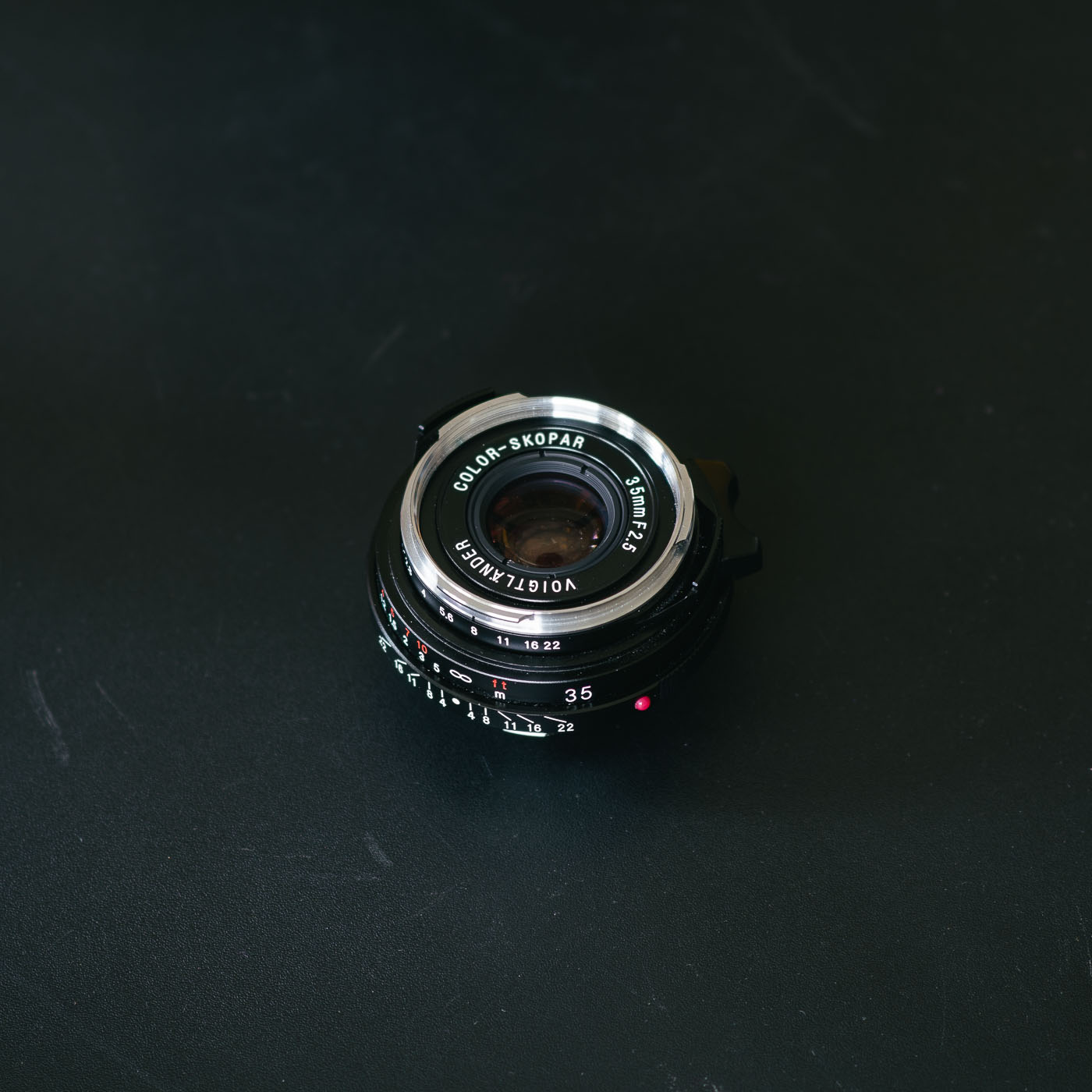


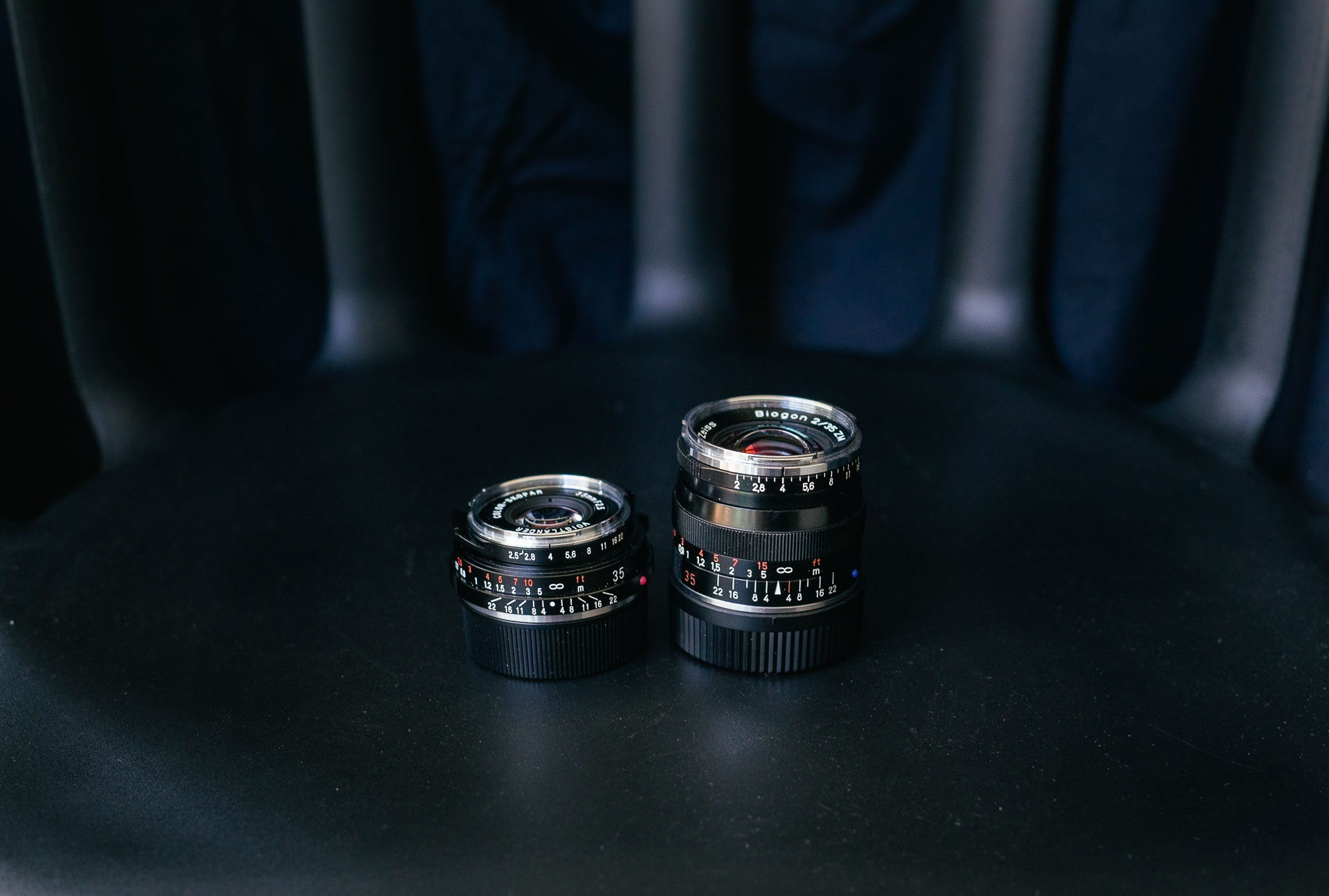
Next to another lens, like the Zeiss ZM 35/2 shown here, it´s clear how small the Skopar is.
This is a truly tiny lens. Aside from small runs of hand made or repurposed compact camera lenses it is one of, if not the, smallest M-mount lens in serial production. It’s noticeably smaller than even Leicas own smallest lens, the Summicron-C 40.
Markings are engraved in Helvetica and painted white. The imperial scale is painted red, resulting in poor visibility in lower light.
As usual for Voigtländer M-mount lenses it’s very well made. It’s practically nothing but metal and glass and the construction feels solid and durable. The casing and control points are made from anodized aluminum – a tough material, but scuff marks can show with heavy use. The focusing helicoid is brass. Like many other lenses made by Cosina* the front filter and hood mounting ring is made from chromed brass. This leads to good durability but also a more visible lens and reflections when shooting through glass for instance.
* Cosina is the current parent company to Voigtländer, as well as produce lenses for other brands. Notably most of the Zeiss ZM M-mount lenses and SLR mount Z* series.
The mechanics feel slightly less refined than most Leica lenses and not quite at the same standard as the best Voigtländer ones either. It still feels more consistent than most Zeiss ZM lenses and far better than anything with autofocus. I expect that with proper care the lens will work great for decades to come.
Despite the all metal construction it remains a very light lens thanks to its small size. It virtually disappears on whatever camera it’s mounted on. It feels liberating to shoot something so small and light. Most M-mount cameras become a bit front heavy even with moderately sized lenses. With the Skopar mounted the balance remains centered and the overall handling of the camera is more relaxed.
A hood isn’t included, but a vented metal one is available. The lens cap is pretty good – a round pinch style cap in plastic with Voigtländer logo that tends to stay put more reliably than the ones supplied with the Zeiss ZM lenses.
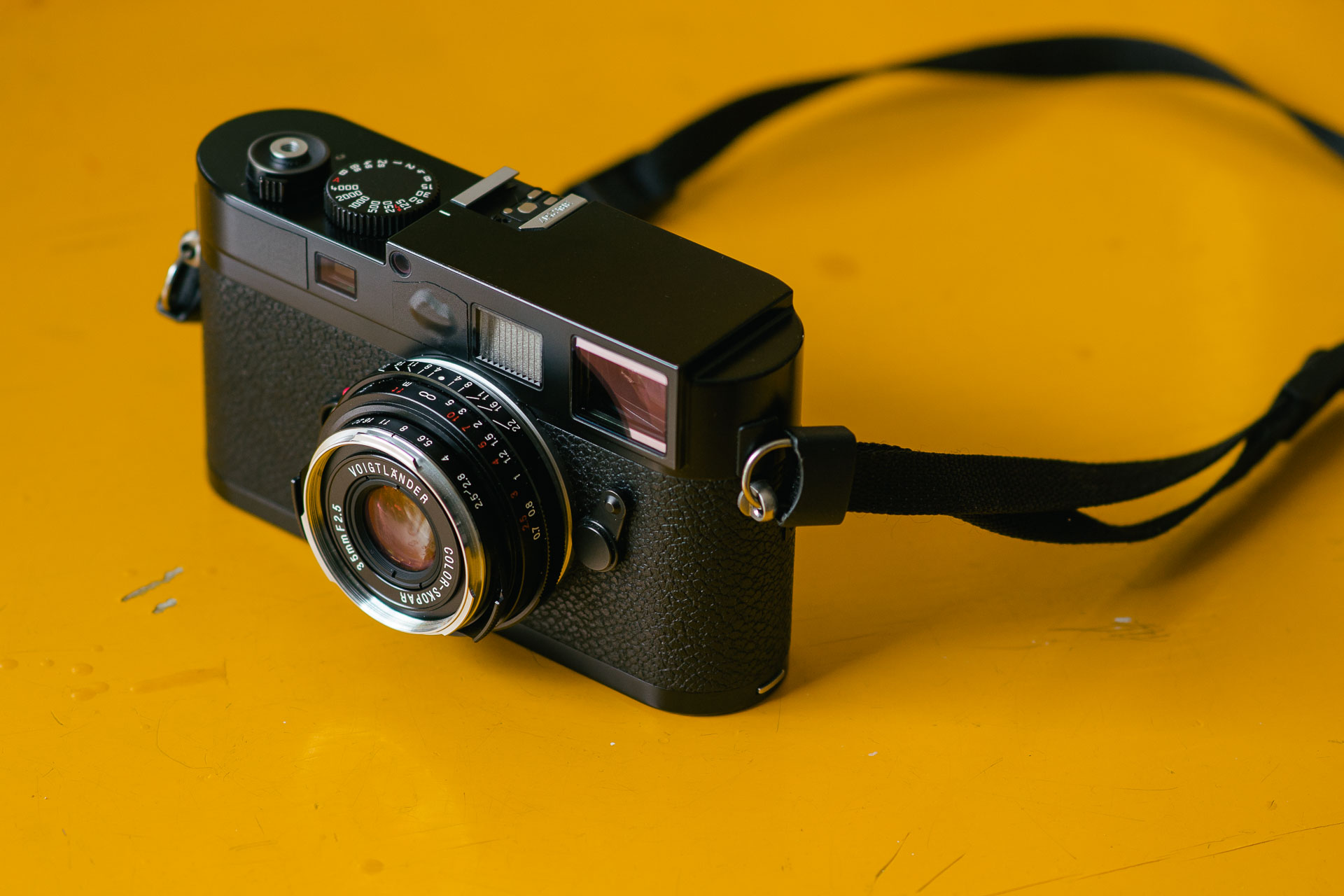

The handling is close to perfect*. Considering the size it’s as good as it gets. Controls are easy to find and manipulate and their design let you tell what they’re set to by feel.
* The Summicron 28 and the Nokton 40 are my personal benchmarks. Both are a bit better, but only because there’s a bit more room on the larger barrel for more separation between the controls. The Noktons ergonomic features are almost identical to those of the Skopar.
The lens has a focusing tab that’s comfortably contoured. The focusing throw is pretty short at around 90° which means that focusing is quite fast. The accuracy suffers a little, but even at f/2.5 focus is not so critical as to be an issue. Focus travel feels good and consistent but a little bit gritty compared to modern Leica lenses. It’s still consistent in feel regardless of position and direction of travel, something that’s not always the case with the ZM lenses for instance.
Aperture is set with the two handles protruding from the aperture ring. The handles let you tell aperture by feel but with the disadvantage of being a bit harder to find than a wider ring. It’s also potentially easier to move the handles by mistake than with a ring, especially due to the small size of the lens. Over the years I’ve had it this might’ve happened to me once or twice when taking the camera out of the bag, but since I check and set the aperture anyway I’ve barely noticed.
Except for the third stop between f/2.5 and 2.8 the aperture is set in half stop increments. Like on Leica lenses every full stop is marked on the aperture ring without any markings for the intermediate positions. Every position is clearly defined with a springy click – a bit more hollow feeling than with Leica or Zeiss lenses, but no less distinct.
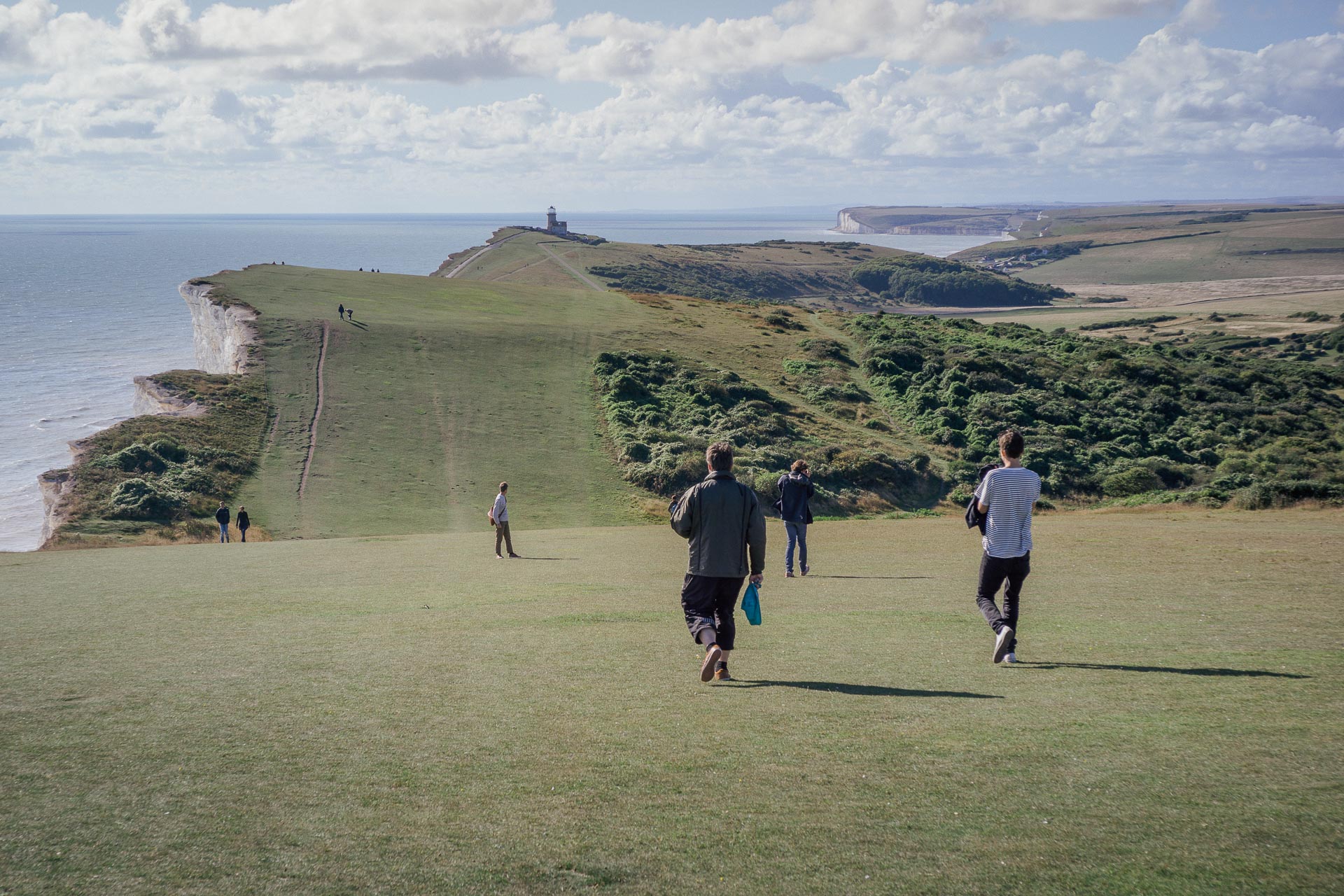
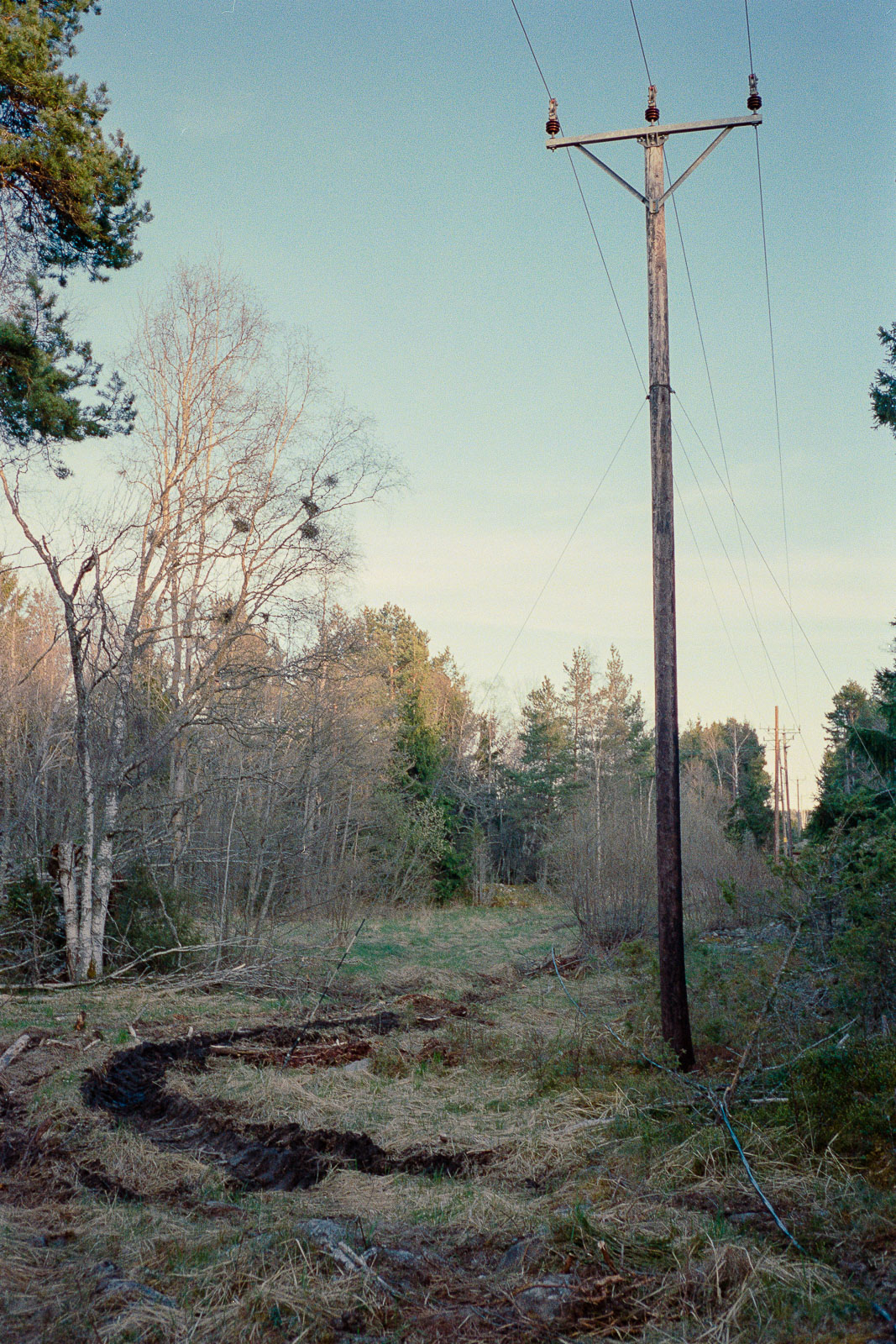
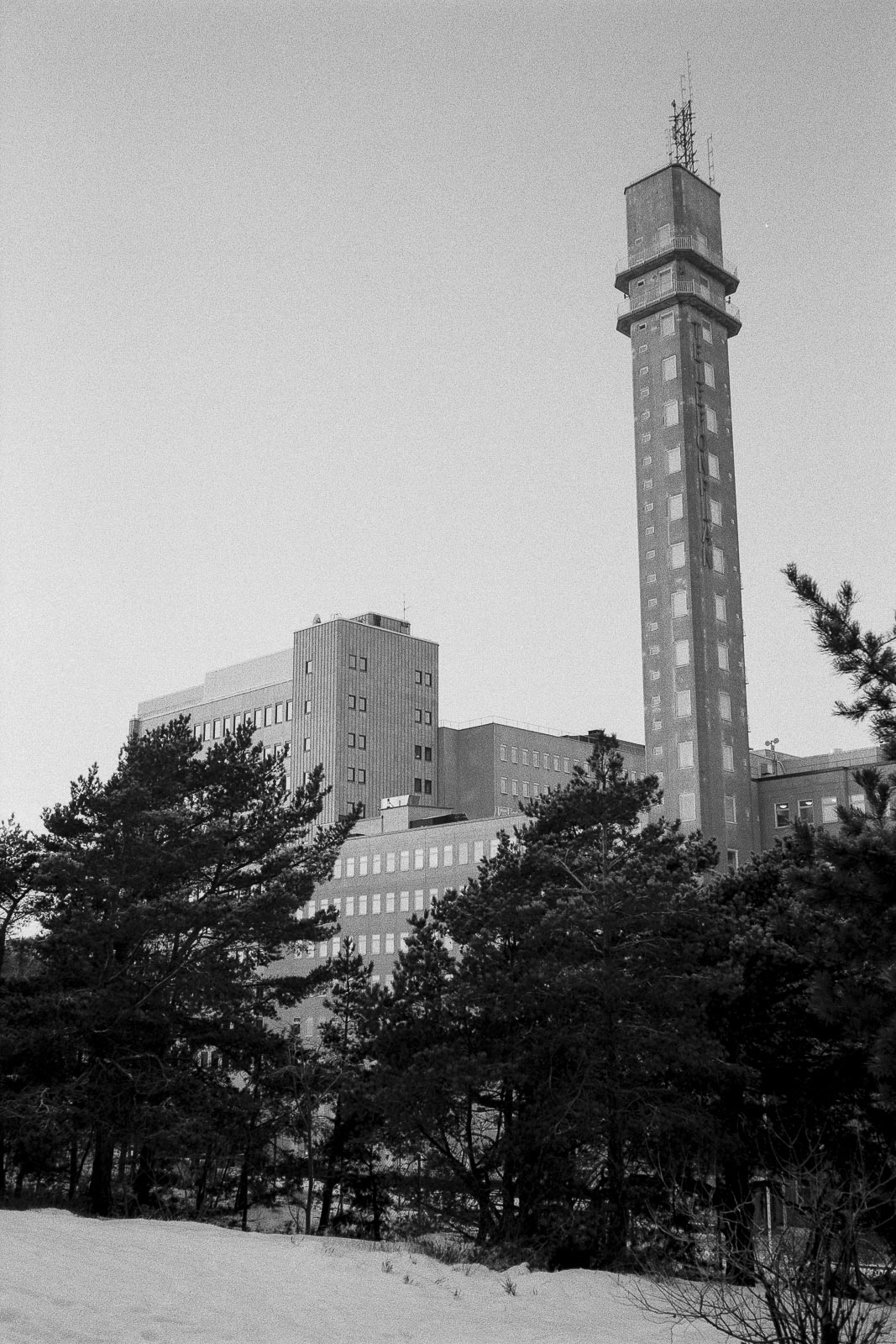
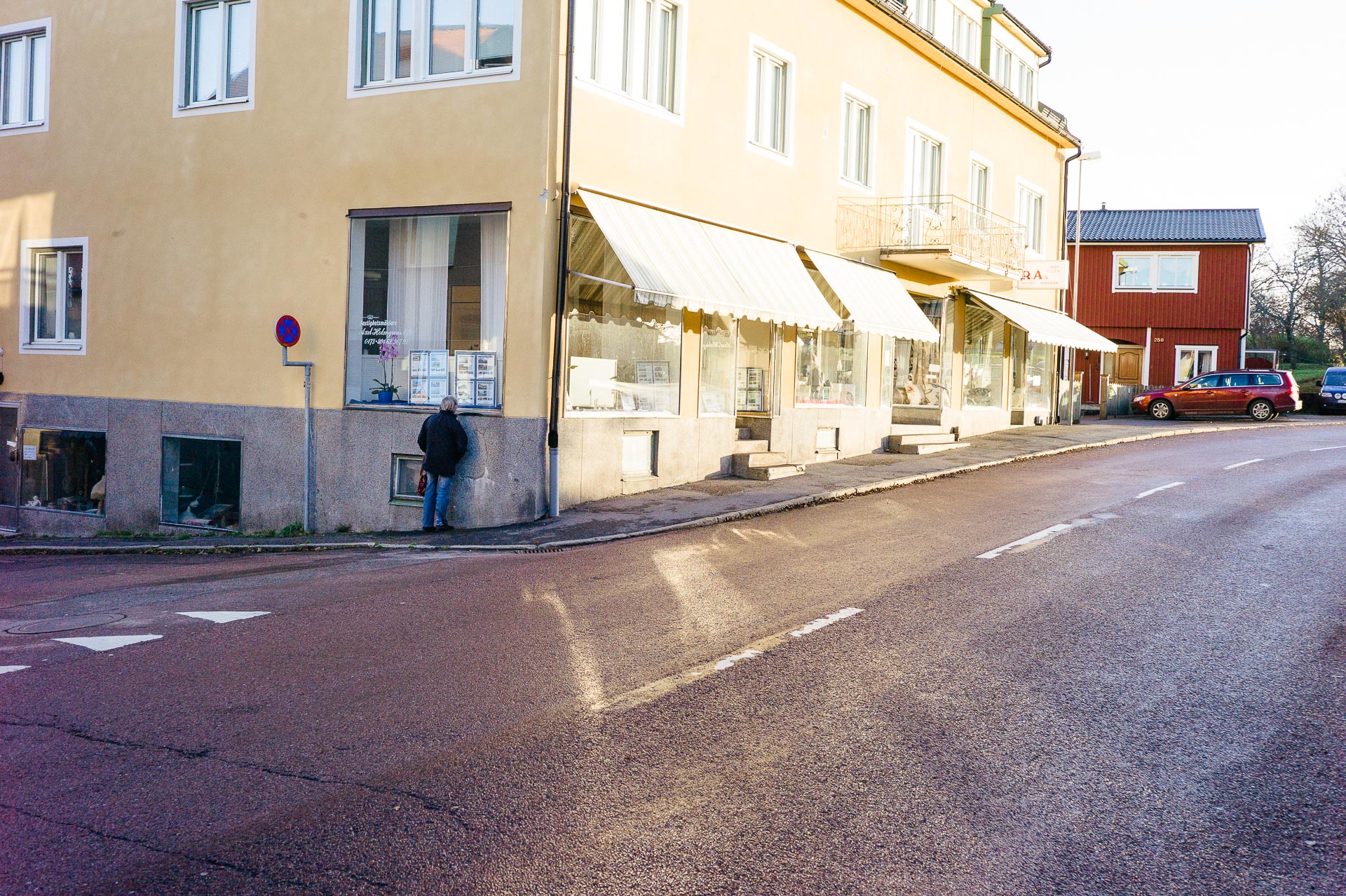
Slower lenses are generally easier to correct. The Skopar is a good example of this. Despite a very small size, simple design and low price it delivers very stable performance without any prominent flaws.
It renders competently, if not beautifully. Overall it gives a very neutral impression. Some might fault it for this, calling it boring. I instead feel this adds to it being a very transparent tool. It doesn’t impart much of its own character but lets the subject speak for itself. It’s not the lens, it’s the subject that’s important.
Being picky and comparing to excellent lenses I’ve shot it lacks evenness of resolution across the frame and needs more stopping down to get consistent performance. Surprisingly that’s the only clear drawback.
Wide open there’s already excellent resolution on axis. Detail drops off across the frame and outside the central third resolution is average. Edges are ok but the deep corners are poor. Micro and mid level contrast follow a similar pattern, but are merely good, not quite at excellent levels even on axis, leaving the overall impression of clarity slightly subdued.
Stopping down improves evenness across the frame. Most of the frame is very good by f/5.6 but edges and corners stubbornly lag a bit and f/8 is needed for good evenness. That’s an additional stop or two compared to some of its more expensive peers.
It’s a bit better at close and mid range distances than towards infinity.
My copy shows some very mild decentering with the left side being slightly sharper than the right.
There’s good separation between tones and the overall palette is strong and saturated without becoming unnatural. The high contrast leads to a modern look.
Even at f/2.5 there’s not massive amounts of separation, but still enough to define the different planes in an image.
The quality of the bokeh is actually pretty good, even wide open. It’s fairly even without obvious colour fringing. Moderate outlining can be seen, but it’s better than many peers. Stopping down doesn’t change the character – the 10 bladed aperture keeps the blur discs circular and even. The outlining is a bit stubborn though and is visible even stopped down a bit.
Transitions are neutral with defined planes, but fairly smooth distinctions.
There’s some mild field curvature away from the camera, which can leave edges looking a bit worse than what’s the actual peak performance.
There’s no visible focus shift. Slight barrel distortion can be detected but it’s hard to even see in practice.
Vignetting is present at wider apertures. Around a stop wide open, reduced by around half at f/4 and is insignificant by f/5.6.
Flare is very well controlled. Even in extreme conditions few aberrations can be seen. Slight streaking or a brighter ghost with slight loss of is usually as bad as it gets. One of the better lenses I’ve shot in this regard.
The evaluation above is valid regardless of capture medium, but nuances exist and since digital is more revealing in many cases that’s the primary medium for analysis. On film the rendering of course carries over but the subtleties can be perceived slightly different.
For my tastes the Skopar does great on colour film. The palette works very well as does the overall rendering. My only reservation is that the reproduction of fine detail at farther distances can look slightly muddy.
I enjoy a modern and transparent rendering for B&W. As the Skopar offers just that it feels like a very good match.
The word I keep coming back to for describing the Skopar is transparent. There’s little wow-factor to the images it produces, instead it captures any scene naturally and clearly. The rendering might rarely be noteworthy but it also free of any issues ruining or distracting from an image. For better or worse there are few surprises shooting it.
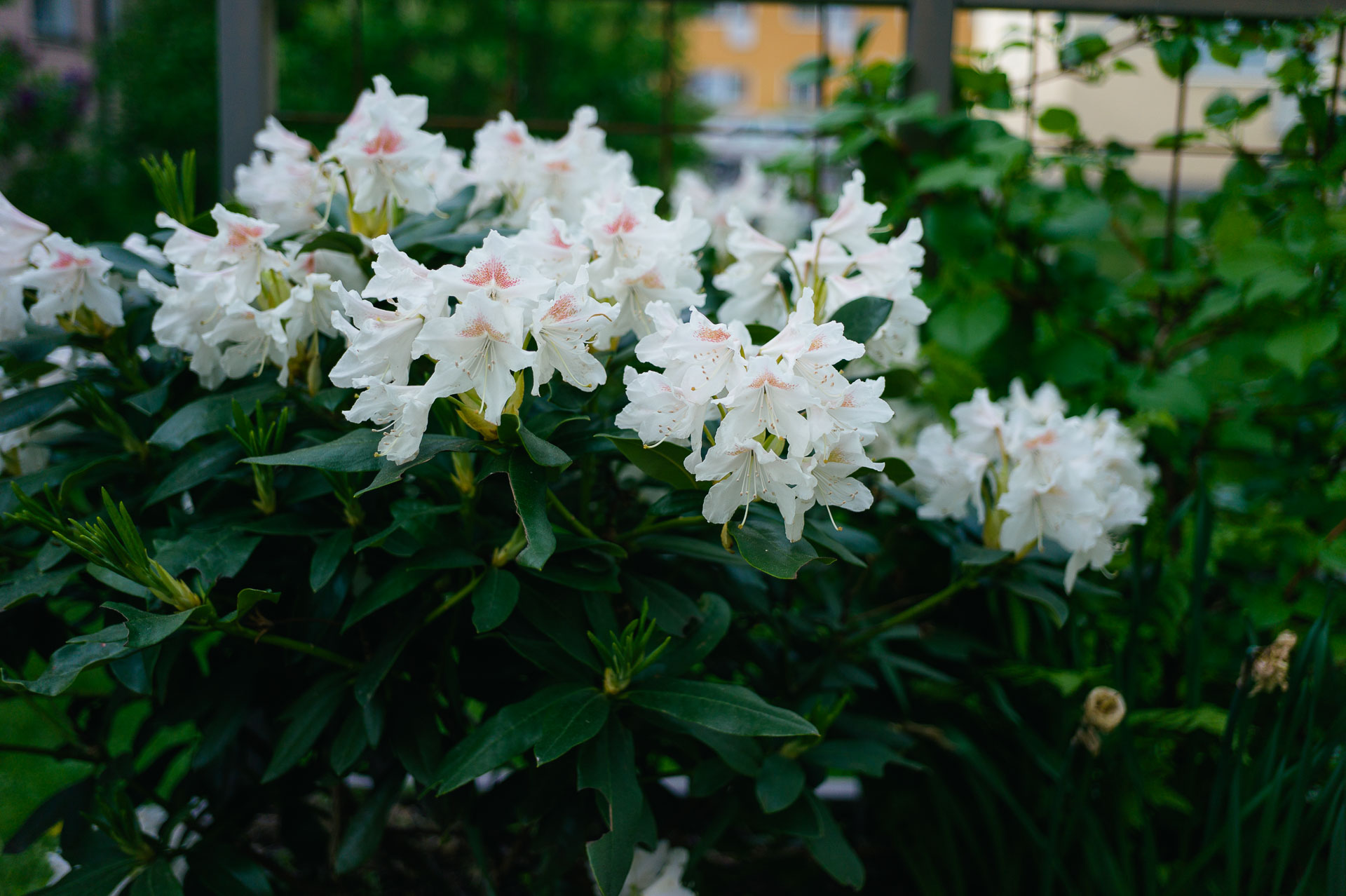
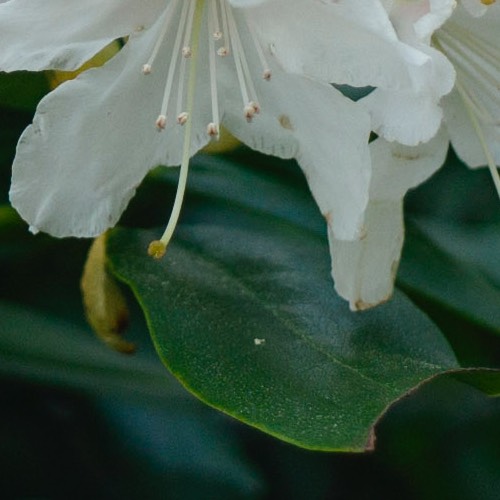
Already at wider apertures there's excellent resolution on axis. This is wide open on the Leica M9.
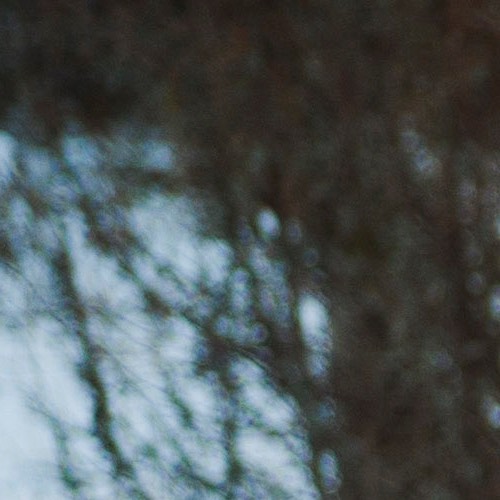
The Skopar is very flare resistant. Even in this challenging situation contrast remains high and no ghosting can be seen. The crop shows a worst case scenario for bokeh.
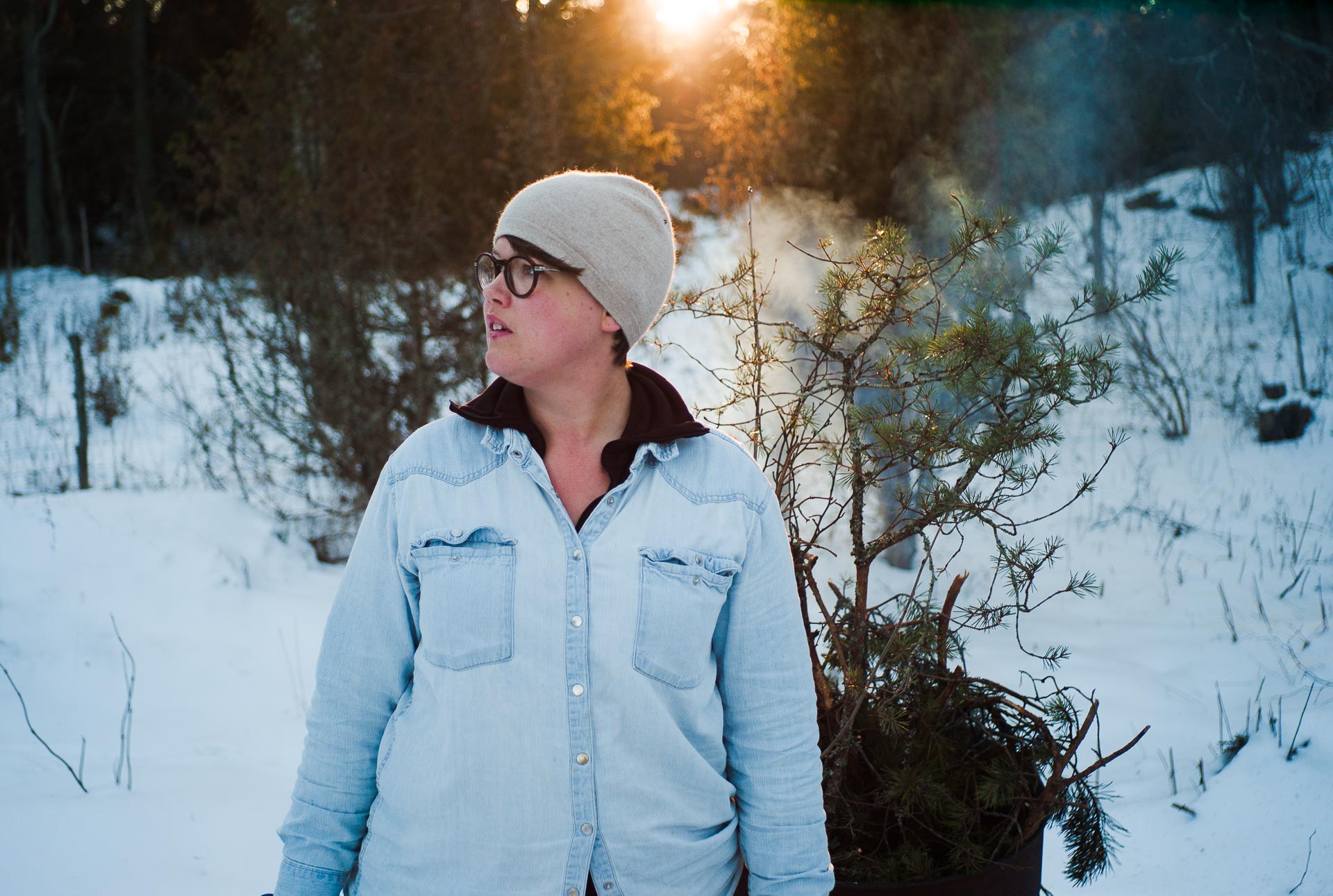

On some mirrorless cameras smearing is an issue. Here on the Sony NEX-7. Note uneven resolution along the bottom edge due to a shift of the focal plane towards the background closer to the edges. This effect is even stronger on the Sony A7.
I bought this lens around three years ago, as a go anywhere anytime alternative to some of my larger and heavier lenses. I’ve used it across a good number of cameras and mediums in that time, and these are some observations on my use.
35mm is a very easy focal length to get along with. It’s at the slightly wide end of a normal. It’s wide enough for most uses while retaining a neutral feel. It also gets along better with most M-mount cameras than the even more balanced 40mm lenses. If I were limited to a single focal length to shoot on a Leica M 35mm would be it. That said it can feel a bit like neither fish nor fowl at times. Lately I’ve been gravitating towards shooting with a two lens pairing, eg a 28 and a 50.
The perhaps biggest drawback of the lens is the practical implications of it being an f/2.5 lens. I personally feel I run into the limits of its light gathering a bit too regularly.
While not terribly slow the Skopar definitely doesn’t qualify as a fast lens. With any of the combinations below I’m still able to get a usable image out of almost any situation I regularly encounter but even a slightly faster lens makes a marked difference. Just moving up the two thirds of a stop to f/2 makes me more comfortable in low light. Not to mention the added bit of separation that can be a visual advantage as well.
Now I might be a bit harsh on the Skopar, it’s not that it’s bad in practice. It’s for instance possible to handhold at slower speeds than longer lenses, so in practice it’s comparable to a 50/2 in terms of handheld use. But still, since other options offer a brighter aperture with little penalty in size, weight or even price (case in point – the Nokton 40/1.4) it becomes a drawback that’s harder to overlook.
Very nice. Since the CL has frame lines for 40mm lenses rather than 35 there’s some need for compensation. Using the outer edges of the framelines gives good enough accuracy in practice. The tiny Skopar balances great on the tiny CL. You can even fit the entire kit in most jacket pockets.
Excellent. The tiny lens almost disappears on the camera. The balance is very neutral and the ergonomics work well. The framelines are easily visible even with glasses and it’s possible to tell what’s going on outside of the frame too. The lens can hardly be seen through the finder and doesn’t even come close to intruding into the frame area. The modest aperture means it’s not the ideal lens for use on film after sundown. I’ve still been able to get good shots hand held in even fairly dim conditions with day to day film. ISO 400, f/2.5 and 1/30th of a second gets you pretty far in practice.
Excellent. Ergonomics are great and the lens almost disappears mounted on the M9. The balance is very neutral and there’s no blocking of the viewfinder. The slightly more conservative framelines in the M9 compared to the M4-P makes it even easier to see the frame edges with glasses, as well as tell what’s going on outside the frame lines. Image quality is very good with a transparent rendering and pleasant colours. Remains usable in reasonably low light, but a faster lens gives more leeway indoors and after dark.
Good. The APS-C crop factor renders this a slightly long normal at just over 50mm. It’s a focal length many enjoy greatly and while I feel it’s not as neutral as 35 I felt it was still a balanced combination to shoot. The tiny lens and small camera leaves the overall package jacket pocketable. Balances and handles excellently. Unfortunately there are some ray angle issues with visible smearing towards the edges at wider apertures. Stopping down to f/8 mostly solves the problem but that’s not always feasible.
Poor. Balances well and is ergonomically fantastic on the A7. There’s significant smearing due to ray angle issues and stopping down to f/8 is required for reasonably even results and even at f/11 the results aren’t quite perfect. Minor colour shift is present.
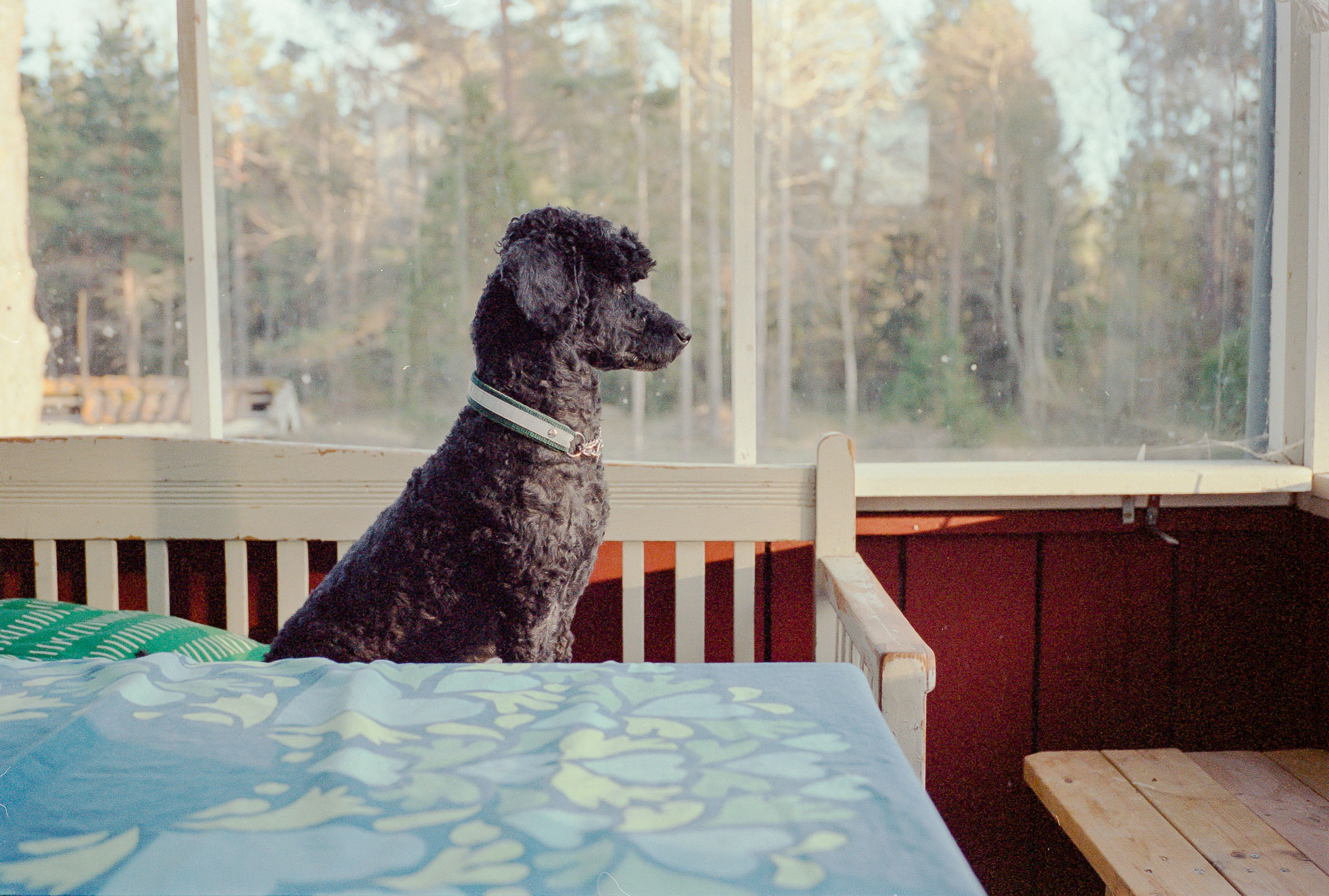

Since 35mm is such a popular focal length there are scores of options available. Here are the ones I feel are the closest options.
Similar in size and specifications this older lens from Leica is very similar to the Skopar (or rather the other way around). I haven’t shot it myself but it looks wonderful. It’s probably a bit sharper but more prone to flare. Prices vary a bit, but seem to be a bit higher than the Skopar. Some copies are also probably overdue for servicing and that needs to be factored in to the purchase.
This almost legendary lens is available in a number of different versions. All of them offer slightly better image quality and similar ergonomics but are also far more expensive. They also have an obvious advantage in being a bit brighter. They’re all a bit bigger and heavier, especially the latest aspherical version that’s significantly bigger. I’ve yet to shoot with any of them.
While a bit longer at 40mm the Summicron-C is an appealing option. Almost the same size and price, but two thirds of a stop brighter. Has worse ergonomics but renders a bit nicer. Most M-mount cameras lack corresponding framelines and might have focusing issues on some cameras. Read the full review of the Summicron-C.
The Nokton 40 is probably the biggest reason I don’t shoot the Skopar more. One of my favorite lenses of all time it offers better ergonomics, close to two stops more light gathering and a more dynamic rendering. It’s not quite as small as the Skopar but the size difference isn’t really that noticeable in practice. The image quality isn’t quite as consistent, it can be both better and worse than the Skopar depending on the criteria.
Read my full review for a more detailed analysis.
I’ve not tried this lens, but it looks like a compelling option. It probably has a bit more bite and evenness in its resolution with the trade off of being larger, having worse ergonomics and a higher price tag.
I’ve had this lens for a while now. Personally I don’t feel it’s clear cut that it’s a better lens. The ZM is two thirds of a stop brighter but larger and more expensive. Image quality is generally comparable. I greatly prefer the ergonomics of the Skopar.
A bit of a wildcard in the comparison as it’s a lens and camera that’s permanently connected, but I feel it’s a valid one. All the X100:s offer the same field of view, same effective aperture, a similarly well balanced package and a very enjoyable shooting experience. Both the X100S and T is for instance better in low light than the M9 with the Skopar as well as lighter and cheaper. Even the lens rendering is pretty similar, despite being a more complex design on the X100 cameras. There’s of course a myriad of differences when discussing cameras too, as well as trade offs with the integrated design. Still, if one prefers to shoot with a 35mm, want something digital that’s enjoyable to shoot and that gives very good results, it’s hard to go wrong with the X100-series.
Read my editorial on the X100T
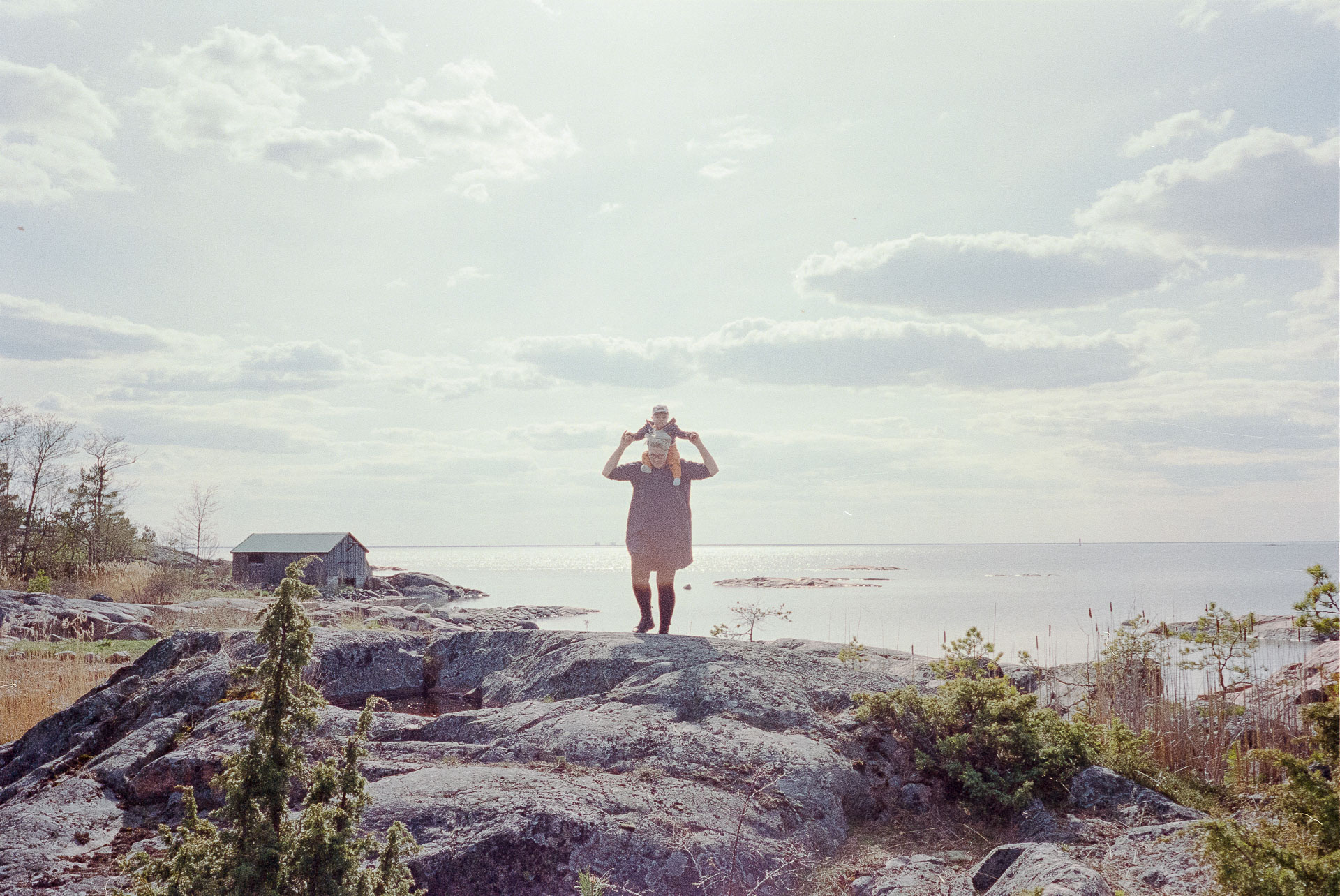
The little Skopar is a lens that’s so simple that it’s easily overlooked. Using it for a bit however, it instead makes you question why you would really need anything else. It’s not spectacular in specifications or performance but when considered as a whole – as a complete tool I can’t rate it in any other way. A brilliant tool that quickly becomes transparent in use. It gets out of your way in every way and lets you concentrate on making images. What else can really be asked of a lens.
All photos in this review were taken by me, using Leica M4-P, M8 & M9 and Sony NEX-7. Film used was Fuji Superia 400 or Kodak Portra 400, scanned on the Plustek 8200i. Exif-data is intact. Open any image in a new window for a closer look.